Advertisement
Score the Fear

Score The Fear is a short, choice‑driven game in which you interact with a young ghost over the course of three in‑game days. Your role is not to run away from him or defeat him, but to help him become a better scarer. Each day, you search the environment for his hiding spots. When you find him, he will attempt a scare. Your job is to observe what he does and then decide how effective it was. This judgment is given in the form of a rating, and the rating you choose has a direct influence on how the ghost behaves in the days that follow. What begins as a simple hide‑and‑seek soon becomes a process of guiding the ghost toward his goal.
Searching And Judging
At the start of each in‑game day, you explore a room, looking carefully in places where the ghost might hide. He could be behind a door, inside a wardrobe, under a table, or in a less obvious spot. When you find him, he immediately tries to scare you. Some attempts may be small and playful, others more elaborate. You repeat this search‑and‑scare process five times during the day. Once you have seen all five scares, you must assign a score from one to three stars. This rating acts as feedback for the ghost. Low scores can push him to change tactics, while high scores might make him more confident.
How Ratings Affect The Game
The ghost’s personality and scare style evolve based on the ratings you give. Across three days, these changes become noticeable. On the second day, he may start using new hiding spots or new scare ideas. On the third day, the outcome is determined entirely by the pattern of ratings you have given earlier. Because of this, your choices create branching paths that lead to different endings. By adjusting your ratings on different playthroughs, you can unlock multiple variations of the ending and see how the ghost changes when he receives different kinds of feedback.
Main gameplay steps include:
- Exploring the room to locate the ghost
- Watching his scare attempts
- Rating each scare from one to three stars
- Completing five scares per day
- Repeating the process for three days to reach an ending
Replay And Multiple Endings
Score The Fear can be completed in a short time, but the design encourages replay. Since your ratings directly shape the ghost’s progress, trying different approaches will lead to new outcomes. The focus is not on defeating an enemy but on interacting with a character and watching how he develops. This makes the game more of an interactive story than a traditional horror experience. Players can experiment with their ratings to see all available endings, turning a simple concept into something worth revisiting multiple times.
Advertisement









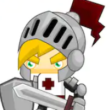















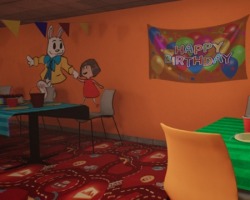


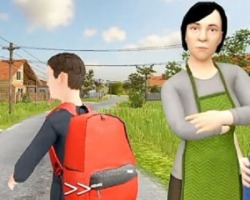
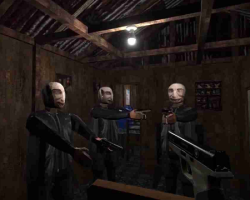


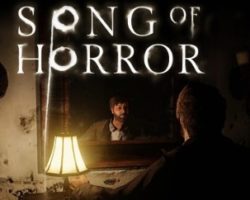

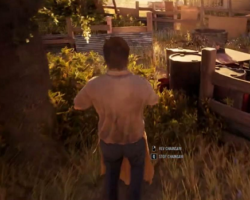






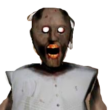












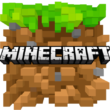


















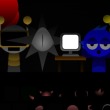












Comments